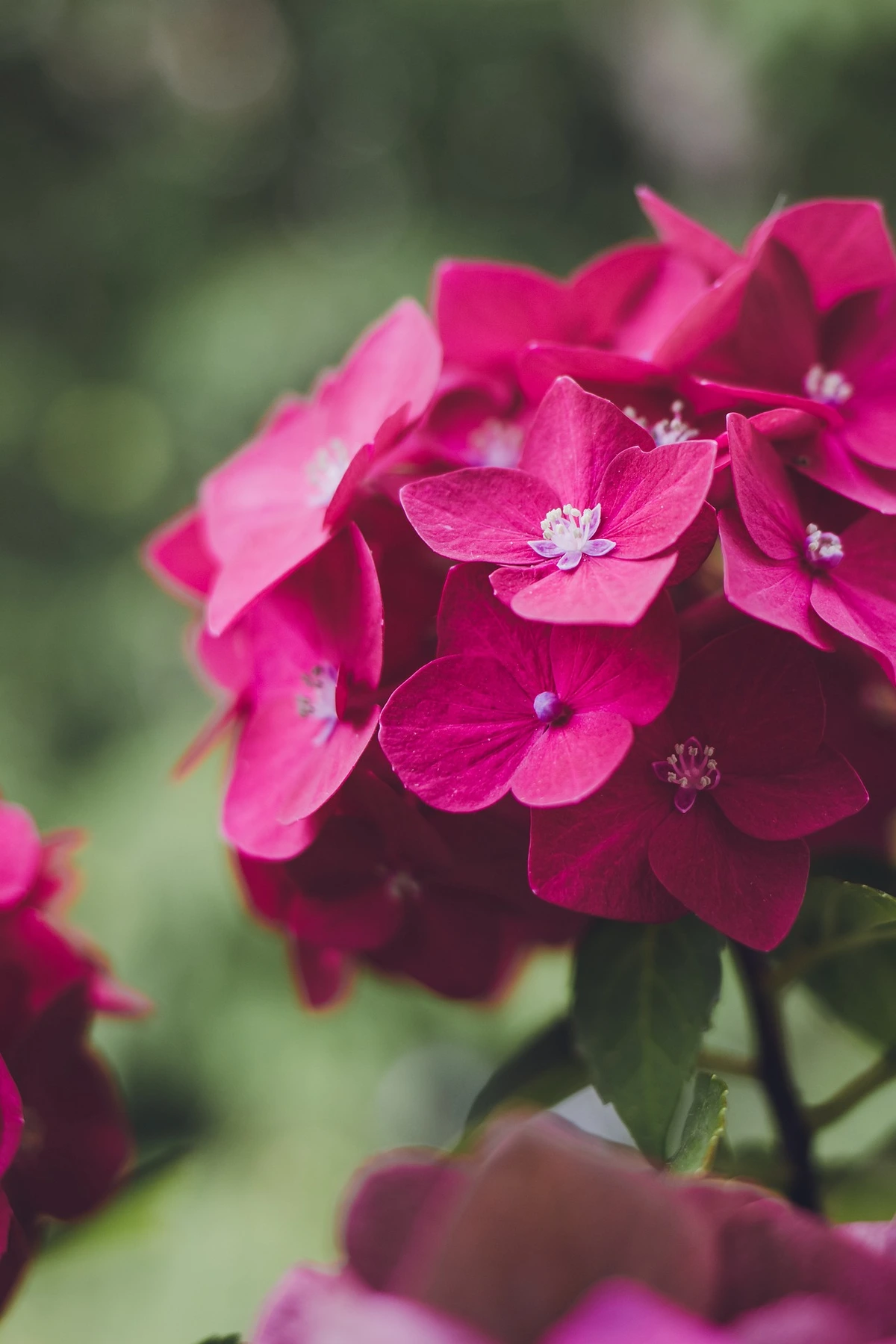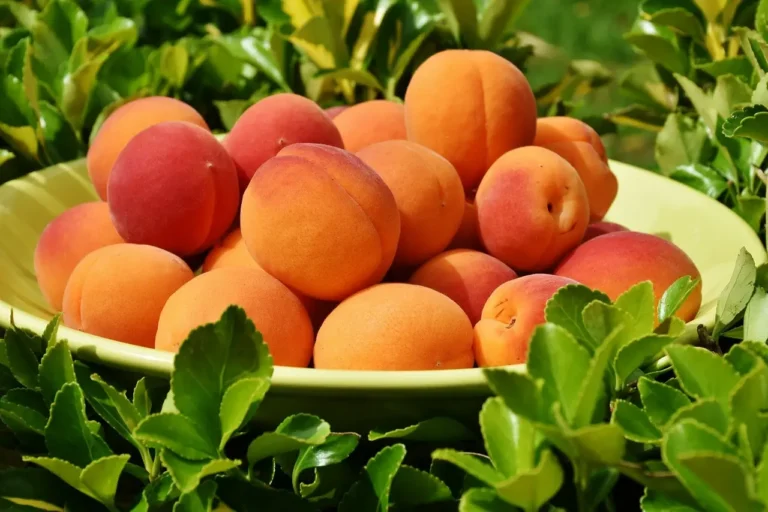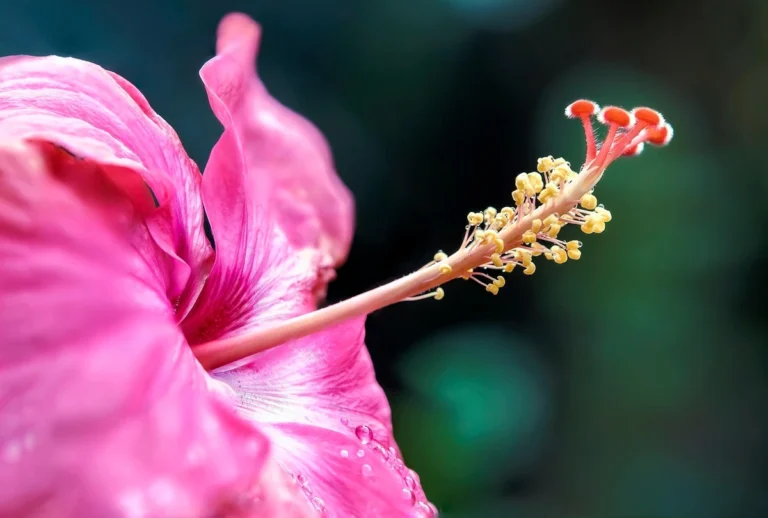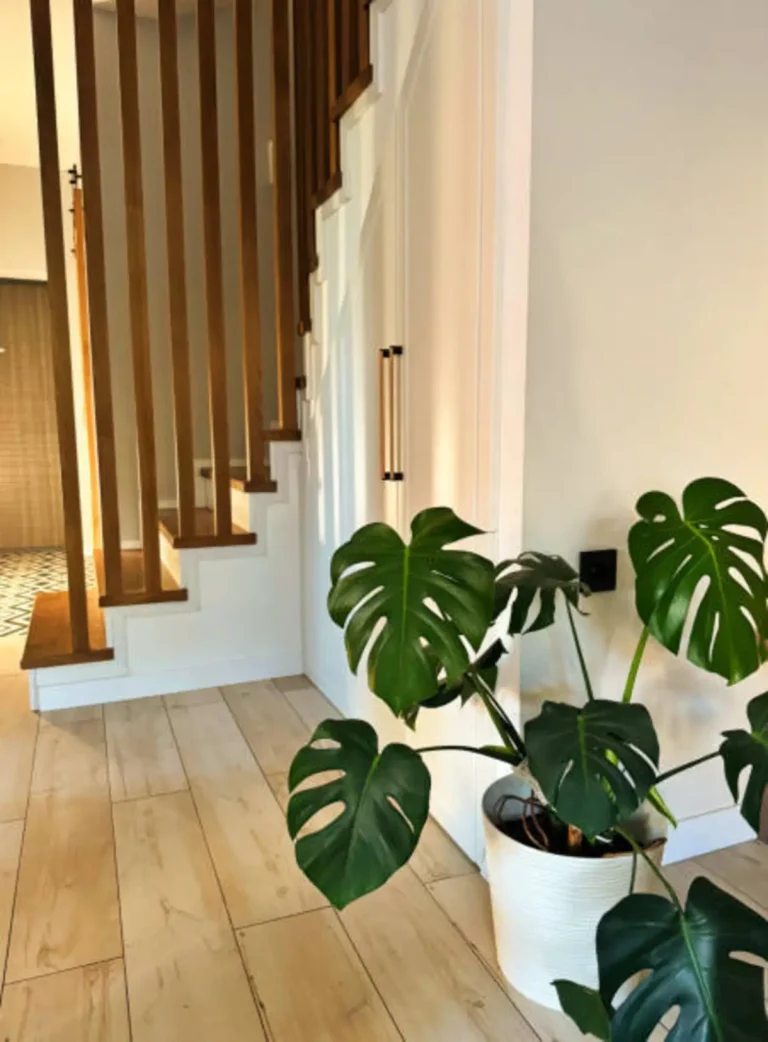Hydrangeas are known for their large flower clusters and vibrant colors, making them a favorite among gardeners. But, like all plants, there are some questions and care tips that can make or break your gardening success with them. Whether you’re an old pro or a greenhorn, we have you covered. Here is everything you need to know about hydrangeas! complete
Therefore, do you remove dead hydrangea blooms?
Yes, dead blooms — also called “spent” flowers—should be removed. This is referred to as “deadheading.” Pruning is not required for the plant’s health, but to promote new growth and for aesthetic purposes, this can be helpful. Also, it keeps the plant from devoting energy to making seeds.
Guide to Hydrangeas Where to Plant a Hydrangea? Best Spot to Plant a Hydrangea
Hydrangeas adore a bright spot in indirect sunlight. The ideal hinge is the morning sun and afternoon shade to protect them from the heat of midday. Ideally, choose a spot with well-drained, slightly acidic soil and lots of air circulation. Avoid locations where water collects, as hydrangeas don’t want to be standing in soupy soil.
Guide to Do Hydrangeas Prefer Full Sun or Shade?
Hydrangeas typically like part sun. They tolerate full sun in cooler climates; in hotter areas, they appreciate some afternoon shade to help them not get sunburned. Leaves can wilt and flowers may burn out if they are in full sun all afternoon. They do best with about 4 to 6 hours of morning sunlight but some afternoon shade.
Do hydrangeas come back year after year?
Yes! Hydrangeas are perennials, so they can come back year after year and typically thrive and become more established as they get older. Just keep in mind that some species may require a few snips or they wouldn’t thrive in winter but will grow back robustly in spring.
Where Not to Plant Hydrangeas?
Do not plant it in places where water collects or wherever soil is too heavy. And don’t plant them near the roots of large trees that could compete for nutrients and moisture. Excessive direct afternoon sun, particularly in warmer areas, can also result in shriveled and sunburned leaves.
Guide to Hydrangeas How Much Water Do Hydrangeas Need?
Yes, hydrangeas love water! They prefer soil that’s consistently moistened, but they don’t enjoy being waterlogged. Watering regularly, particularly in the heat of summer, is essential. A good rule of thumb is to water deeply once a week in dry spells. Just be sure the soil drains well so the roots do not rot.
How to Keep Hydrangeas Flowering Through the Entire Summer?
For hydrangeas to keep blooming all summer, ensure they have enough water, particularly in dry periods. You can also employ a slow-release fertilizer in spring to promote their health and flowering potential. Removing spent flowers regularly (known as deadheading) will also encourage the plant to keep blooming.
When Should You Cut Hydrangeas Back?
When you prune hydrangeas depends on which type you have. For most hydrangeas, the best time is late winter to early spring. It takes dead or damaged stems out while encouraging new growth for the season ahead. Just don’t get carried away and cut too soon — some hydrangeas only flower on old wood, but those stems are needed to make blooms.
Guide to Do Hydrangeas Bloom Twice?
Some, including the Endless Summer variety, have the ability to bloom twice a year — once in early summer and once later in the season. That is because they flower on both old and new wood. But not all hydrangeas bloom two times, so be sure to research the variety you have for care information.
Do I need to prune my hydrangea for winter?
You don’t have to prune your hydrangea for winter. In fact, it’s best to leave the plant intact until late winter or early spring to protect the plant. Cutting it down too soon may leave the plant exposed to cold damage. If your climate is very cold, consider layering mulch around the base to protect the roots.
How long do hydrangeas live?
Hydrangeas will typically live for years—often up to 50 years or more—with the right care. With proper soil, sunlight, and ongoing care, hydrangeas can deliver beautiful blooms for decades.
Do You Know if Hydrangeas Are Poisonous to Dogs?
So yes, hydrangeas can be toxic to dogs if they ingest them. They also contain cyanogenic glycosides, which can lead to vomiting, lethargy, and other digestive problems in dogs. If your pet is the type to take a nibble off plants, keep them away from hydrangeas.
Do Hydrangeas Prefer Pots or the Ground?
Hydrangeas do well in both pots and the ground, but in general they are happier in the ground. They also have more room for their roots to spread out and reach moisture in the ground. But if you don’t have a lot of garden space, hydrangeas are also wonderful in containers; just make sure you have a big enough pot and good drainage.
When Do Hydrangeas Bloom?
Depending on the variety and climate, hydrangeas bloom from the late spring to the early fall. Bigleaf hydrangeas typically bloom early in summer, and panicle hydrangeas bloom a little later. Watch your plant, and you’ll be rewarded with wonderful bursts of color from May to September.
Are Hydrangeas Toxic to Cats?
And yes, hydrangeas can also be toxic to cats. If your cat consumes the leaves or flowers, signs of poisoning include vomiting and diarrhea. If you have cats that like to nibble on plants, then keep your hydrangeas out of reach.
A Quick Message: Hydrangeas Are the Perfect Addition to Your Garden!
Hydrangeas are a lovely garden addition, and with a little TLC, they will give you gorgeous blooms year after year. Whether you’re planting them into the ground or into a pot, they’ll enhance your outdoor space with color and beauty. Just follow the important tips we just discussed: keep them in the right sunlight, give them plenty of water, and give them the right care throughout the year, and you’ll get to enjoy hydrangeas for a long time!
There you have it! You’ll discover that hydrangeas may be less demanding than you imagined. Got more questions? You can throw them in the comments below! 🌸




